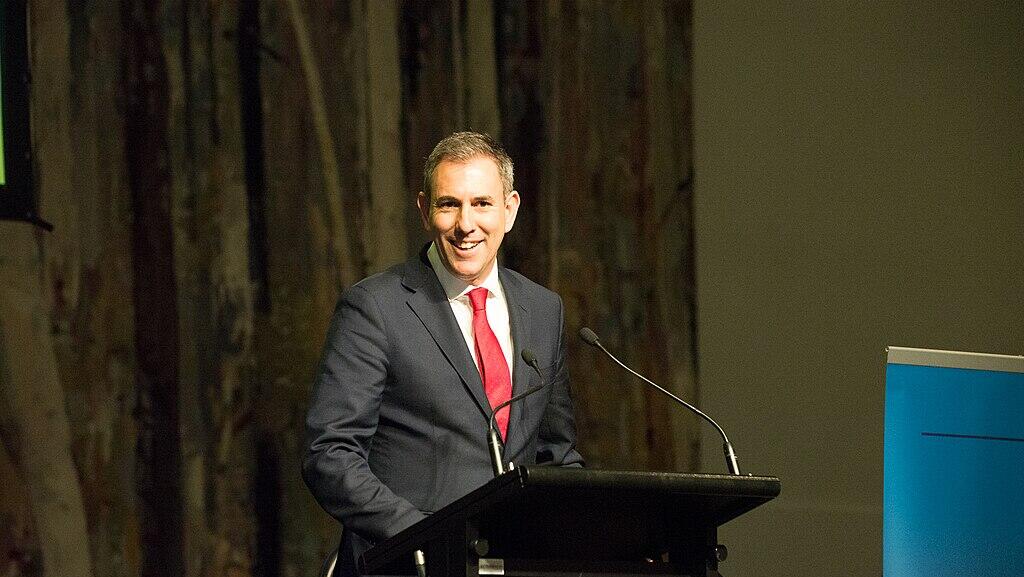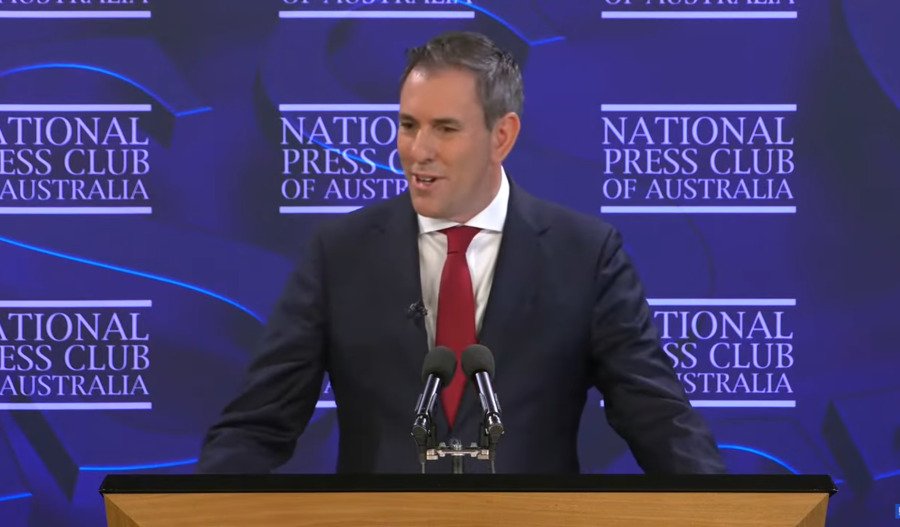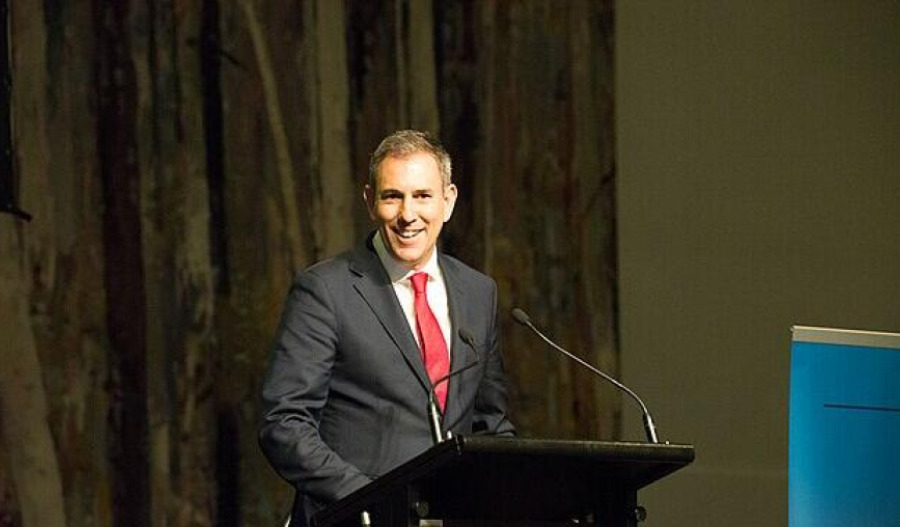The federal government recorded a smaller-than-expected deficit of A$10 billion for the 2024-25 financial year despite a sharp increase in spending. This is an improvement on the previously predicted A$27.9 billion deficit.
Jim Chalmers said in dollar terms, the current Labor government has made more progress in the budget in three years than any other government in history.
“We’ve turned two big Liberal deficits into two substantial Labor surpluses in our first two years, significantly reduced the deficit in our third year, and continued to pay down debt,” he said in a statement.
“Today’s figures show that the deficit in our third year is around a fifth of the forecast we inherited from the Coalition, and around a third of the forecast before the election earlier this year.”
The statement also said that Labors three Final Budget Outcomes have delivered a cumulative underlying cash balance of A$28 billion compared to the A$181 deficit inherited from the previous government.
“The budget is in much better nick because we’ve paid down almost $200 billion of Liberal debt, demonstrated spending restraint, overseen the creation of more than 1.1 million jobs and got real wages growing again,” Chalmers said.
This places gross debt in 2024-25 at A$188 billion, lower than the inherited debt, avoiding over A$60 billion in interest costs over the 11 years to 2032-33, according to Labor.
Average spending growth was 1.7% per year over the past seven years to 2028-29, compared to the previous Liberal government, which averaged 4.1%.
Finance Minister Kary Gallagher said the “better revenue” was a result of more Australians in secure jobs and higher wages.
“At the same time as revenue has strengthened, we’ve delivered cost-of-living relief, tax cuts for every taxpayer, cheaper childcare, energy bill relief and record investments in Medicare,” she said.
This comes after Chalmers said the deficit would come in the “low double digits”, on the back of greater-than-expected tax collection from workers and businesses.



